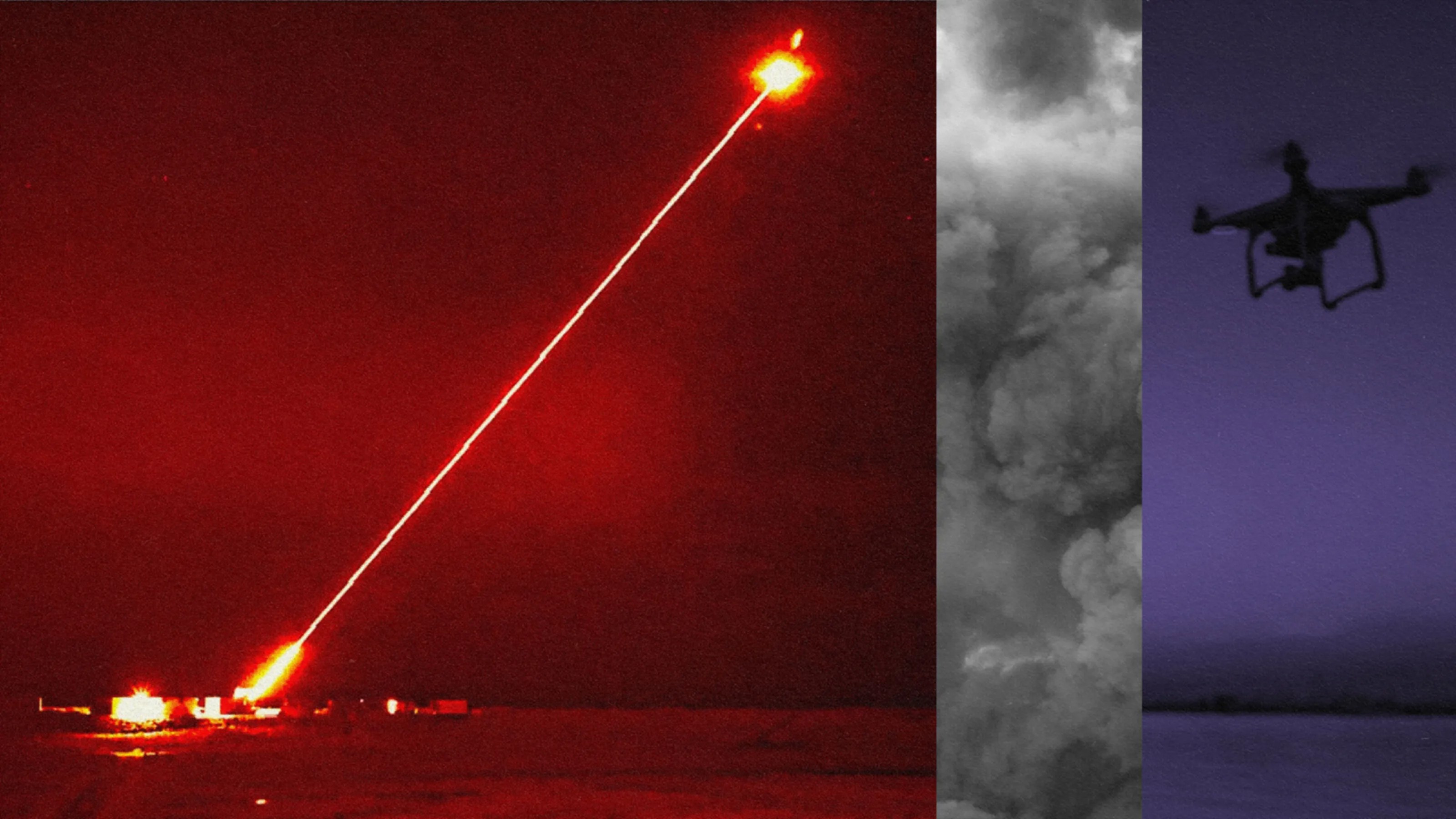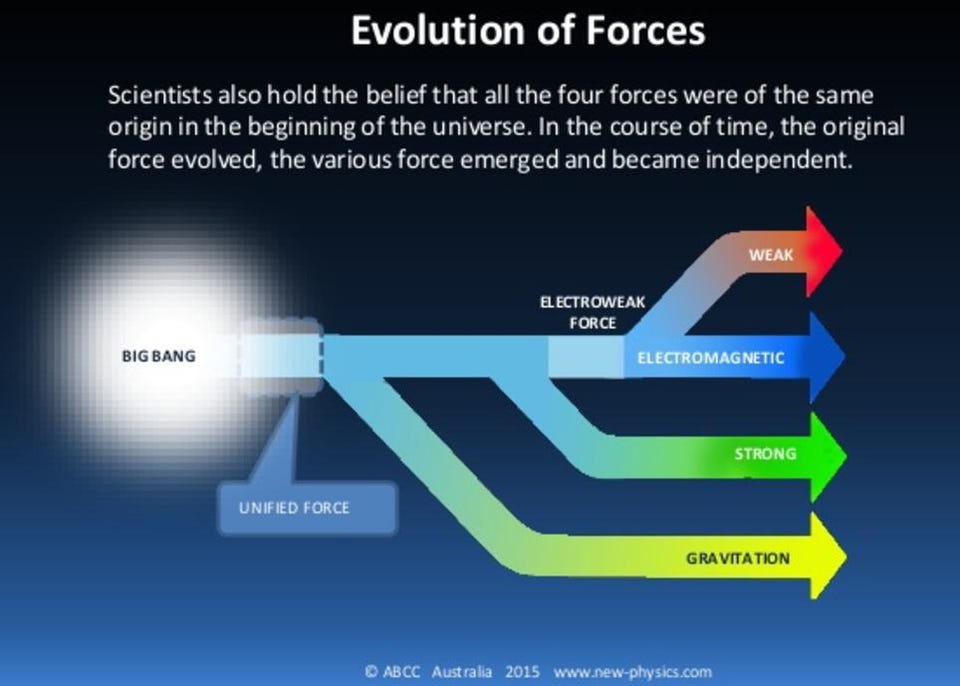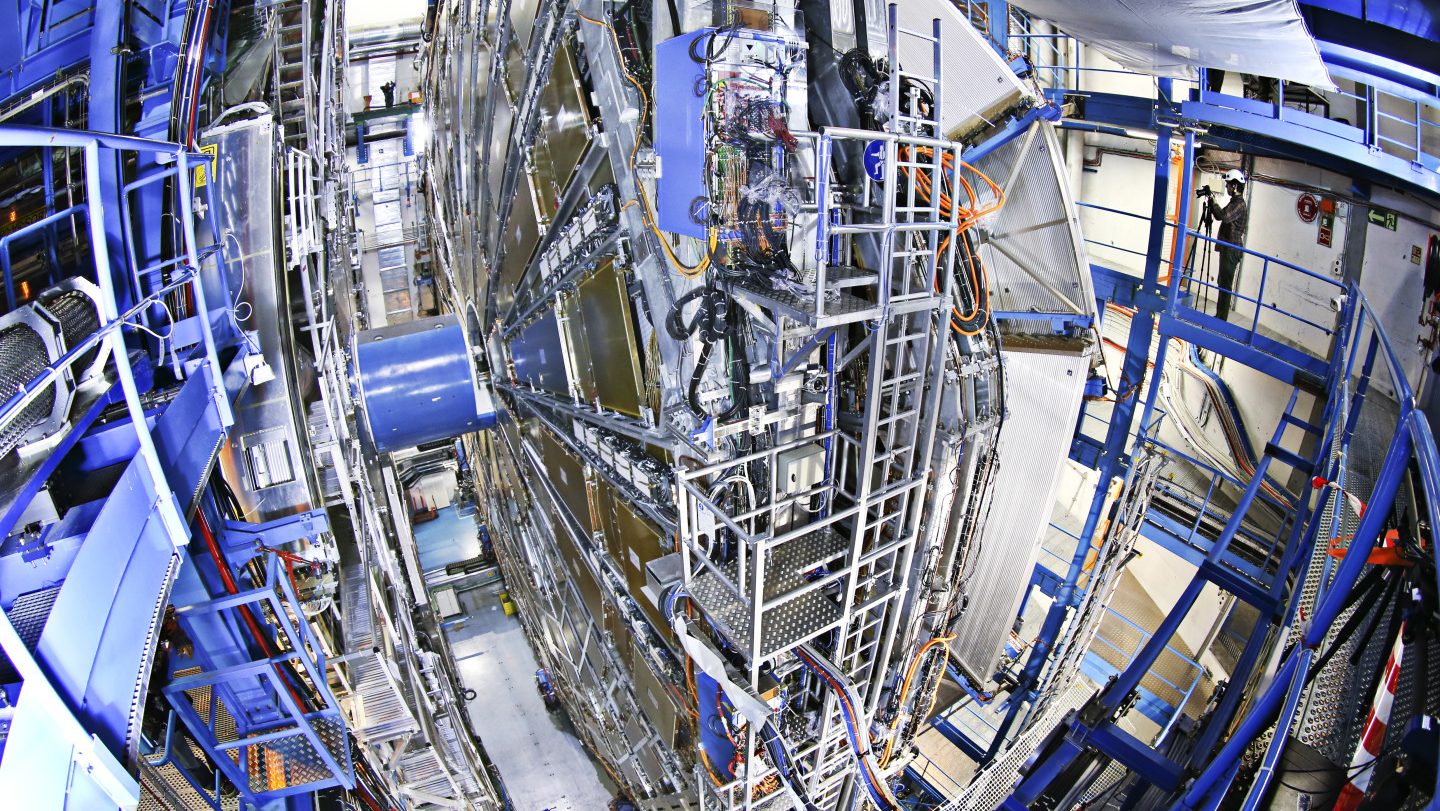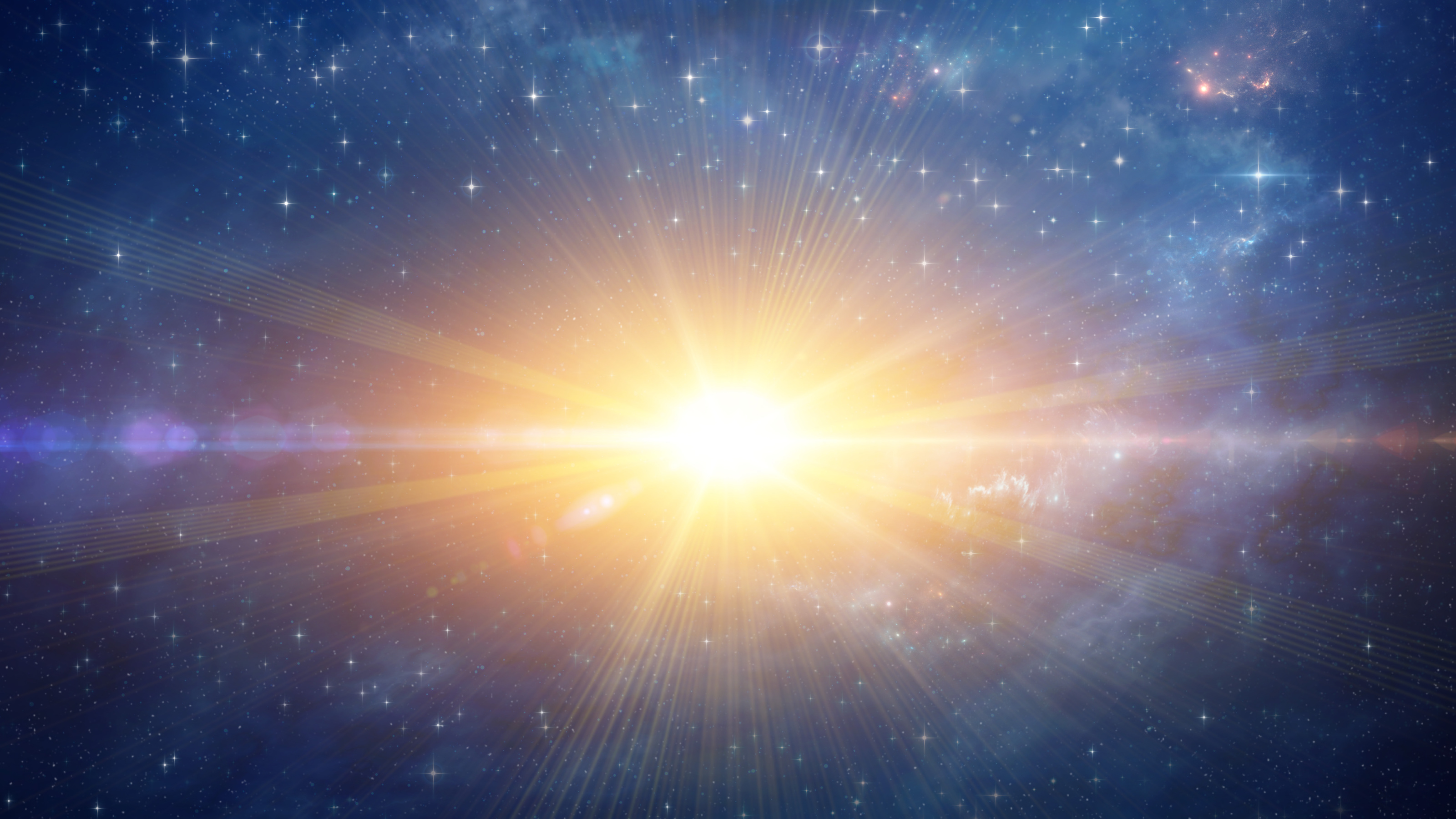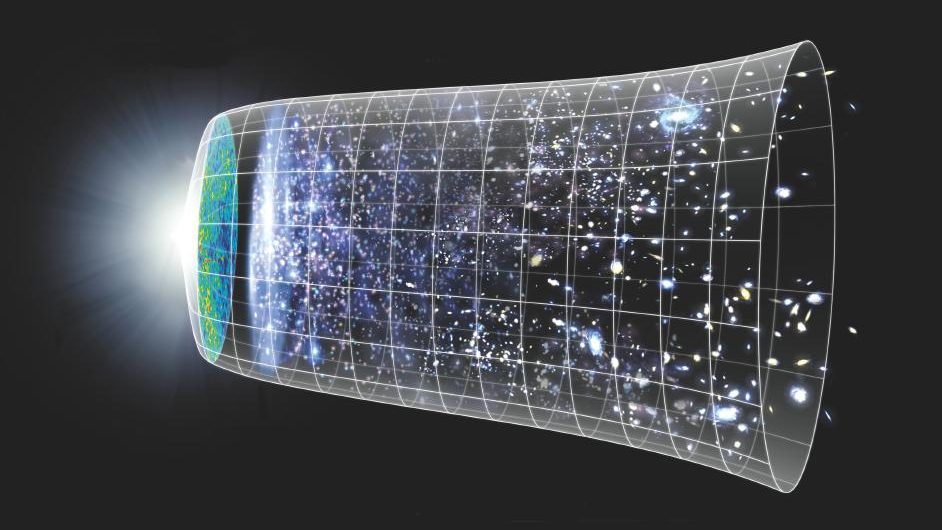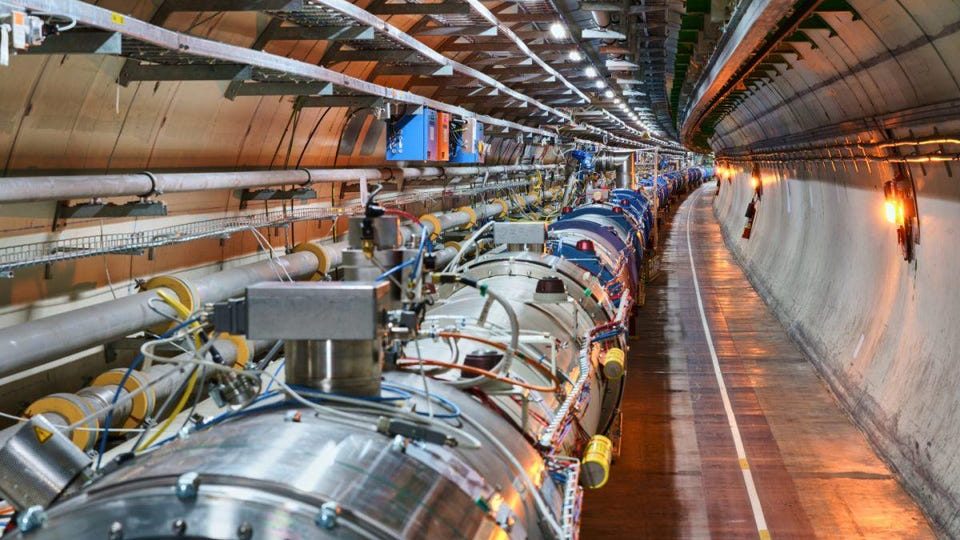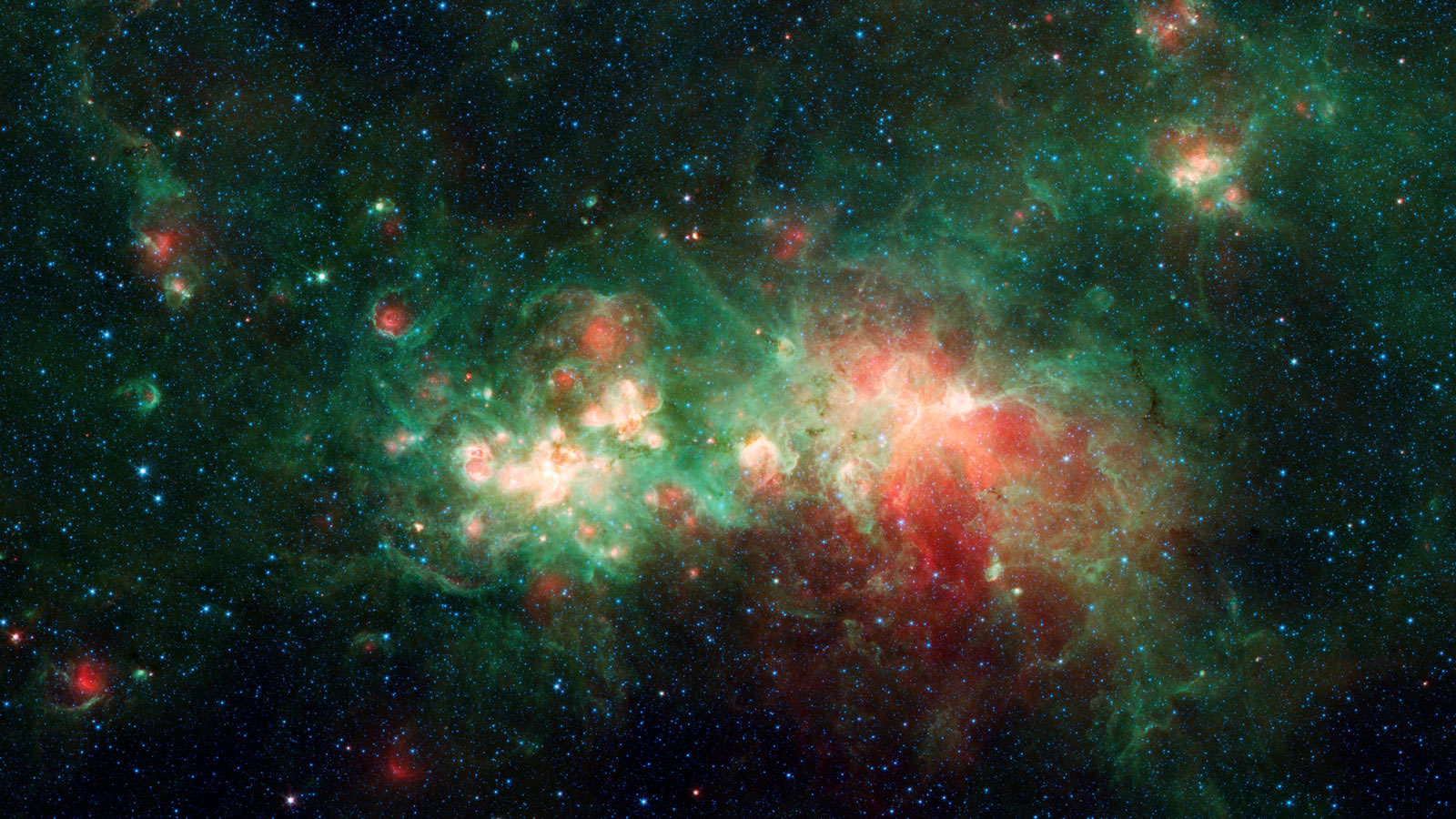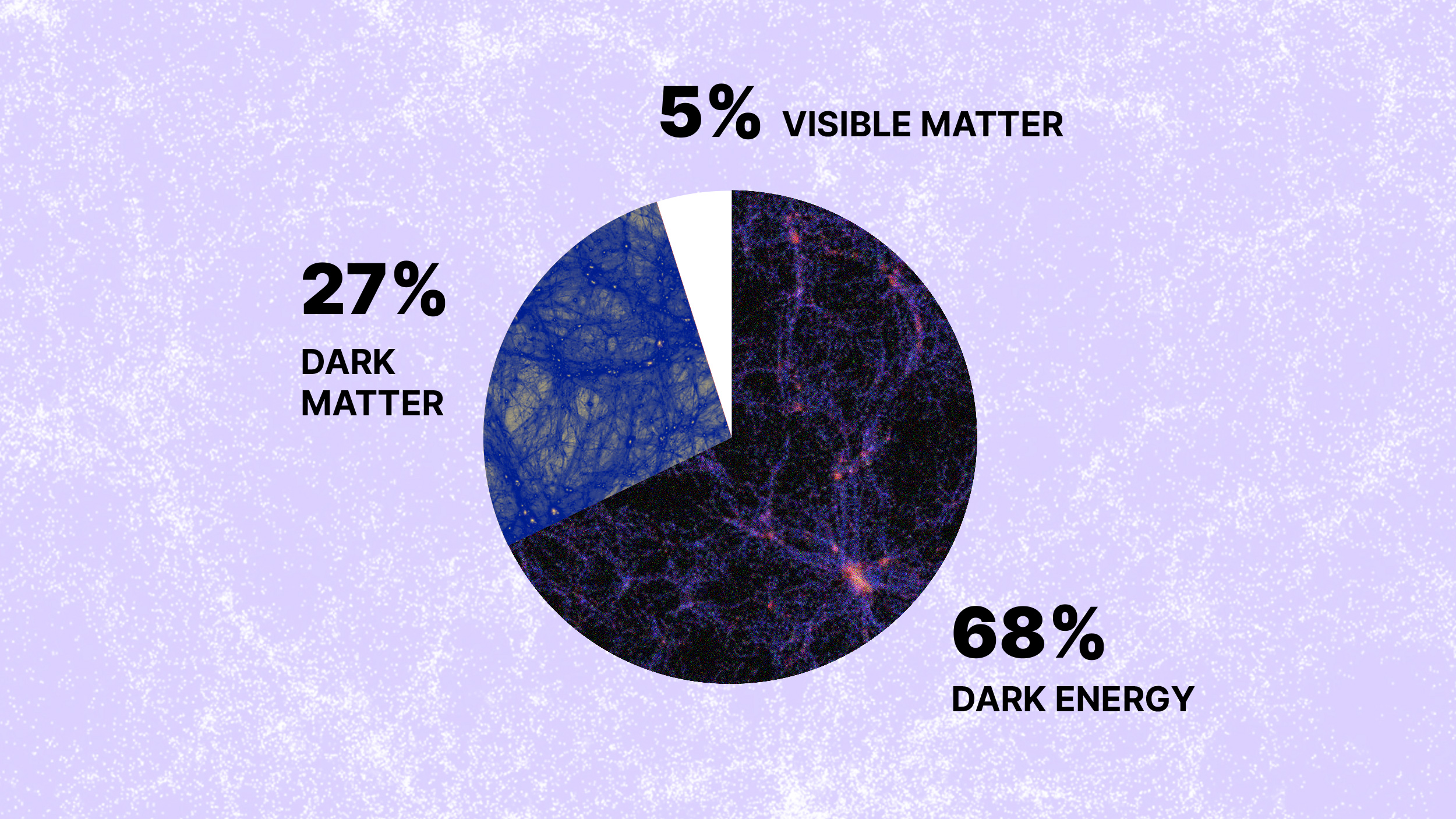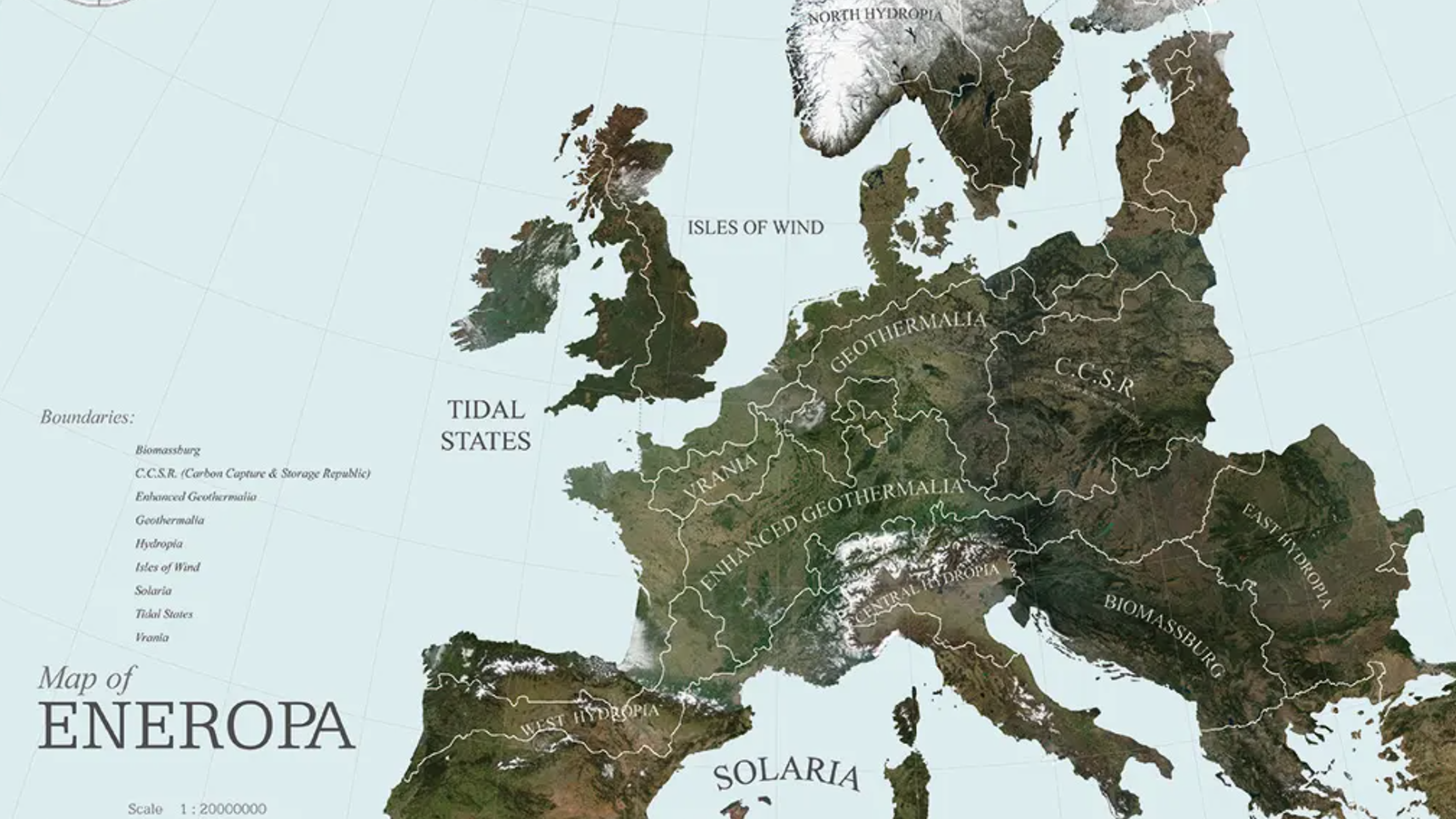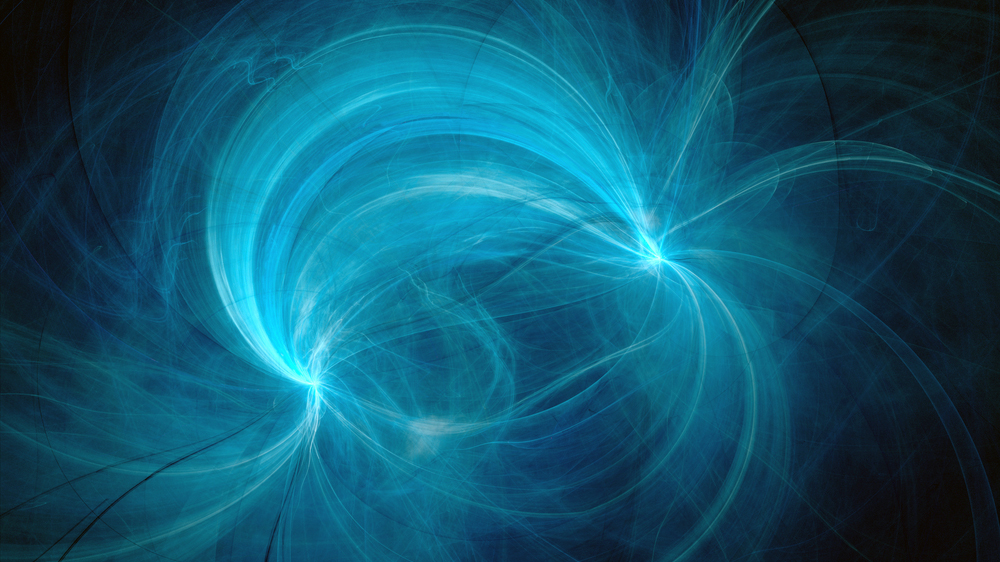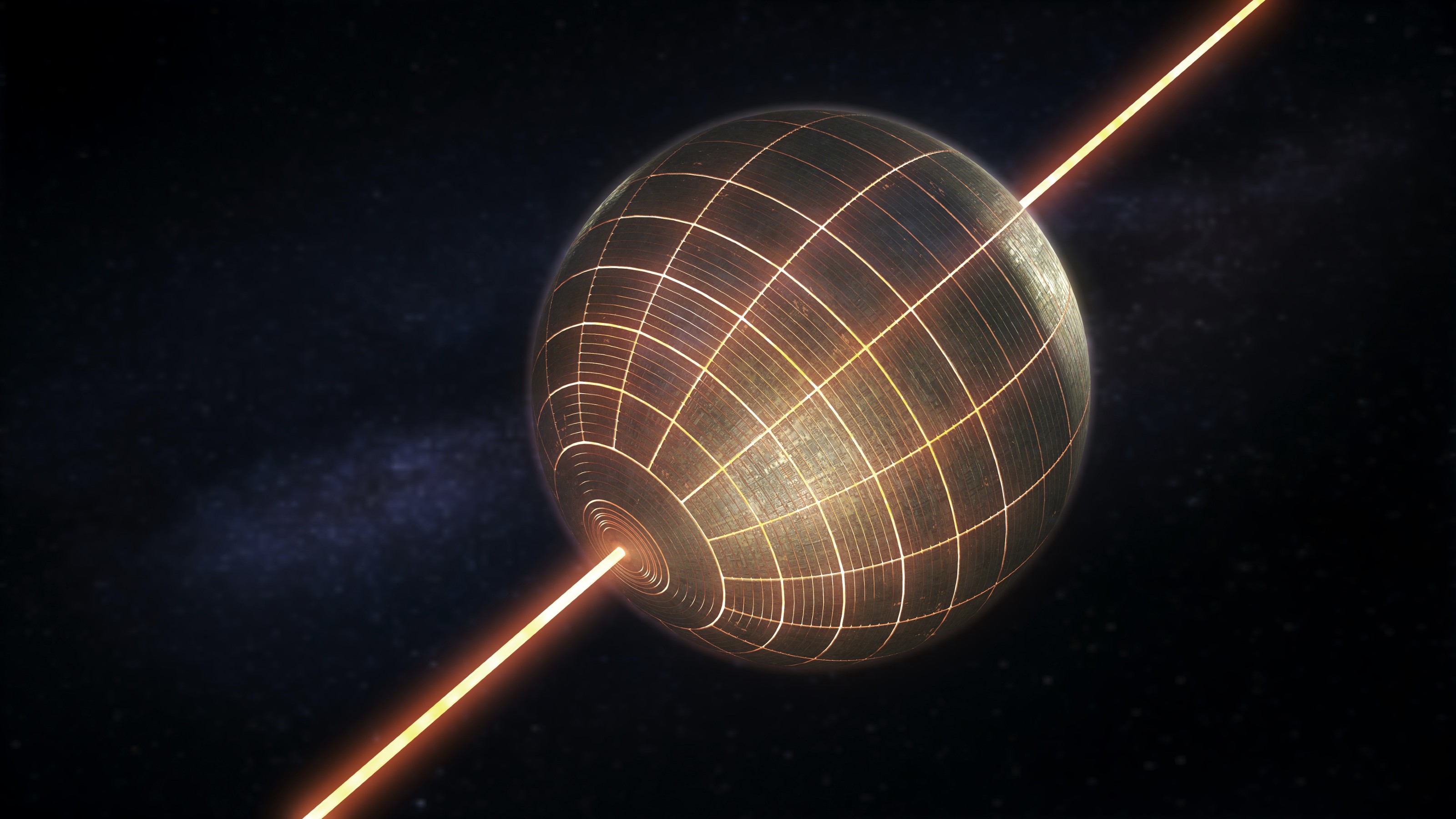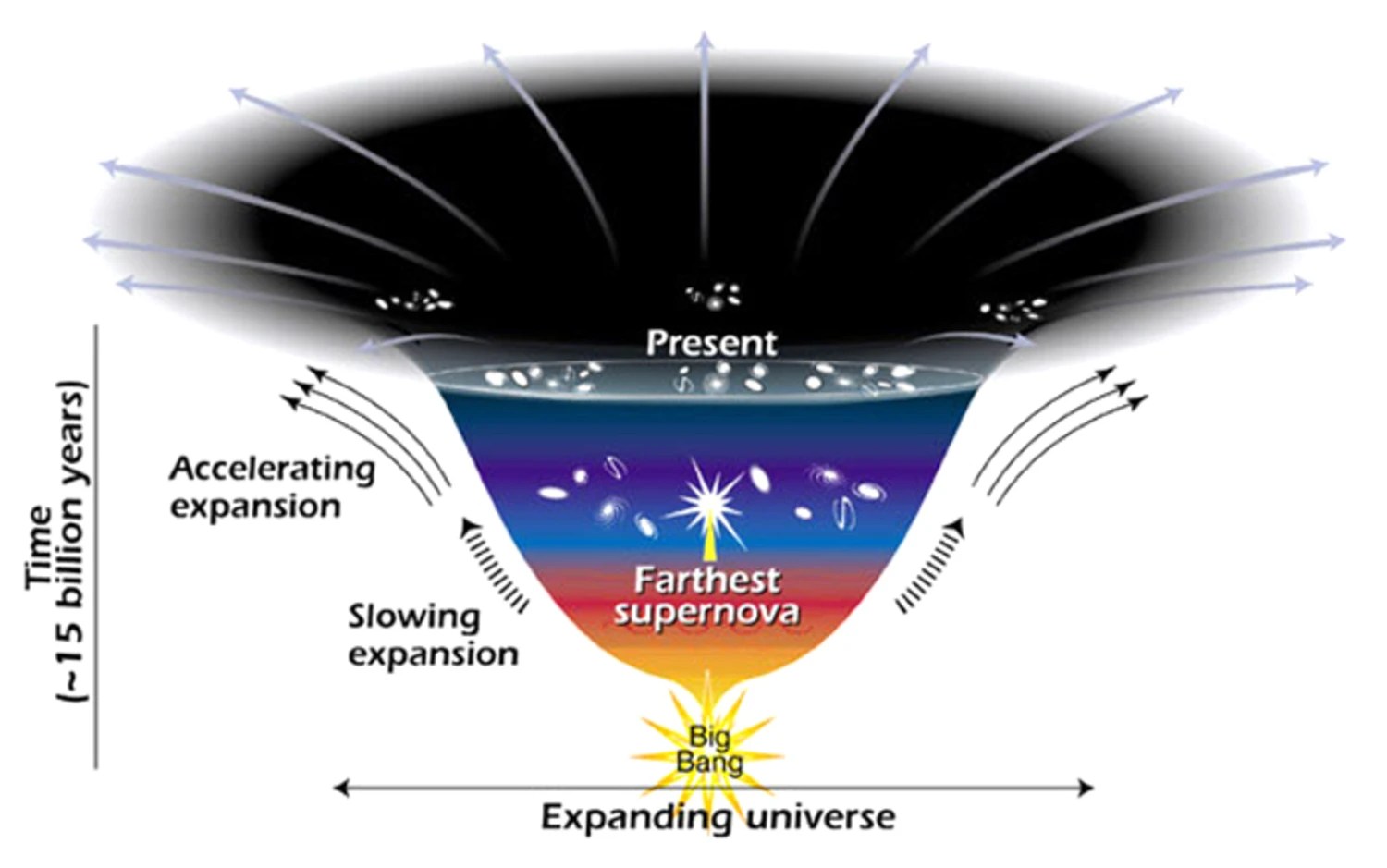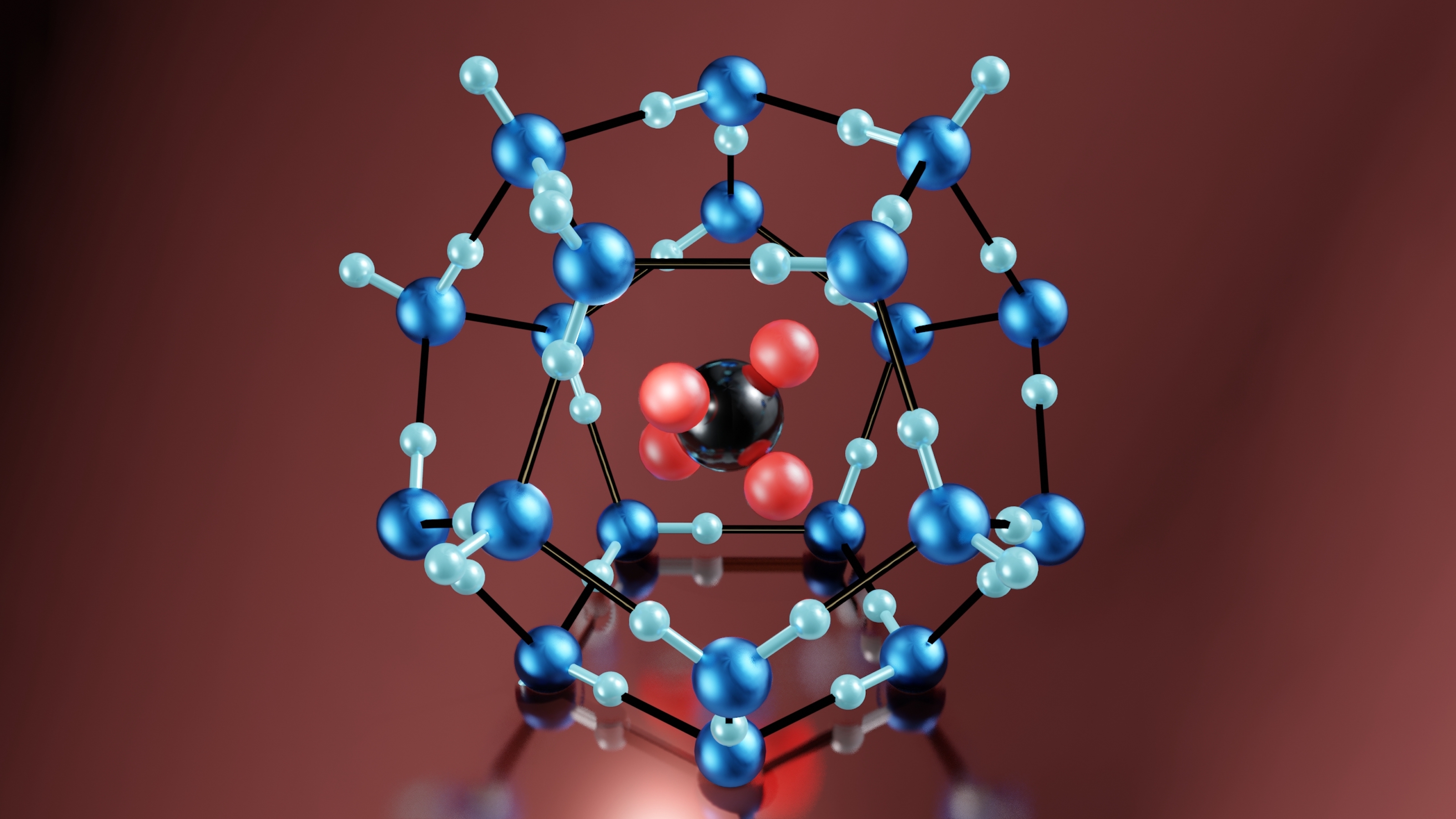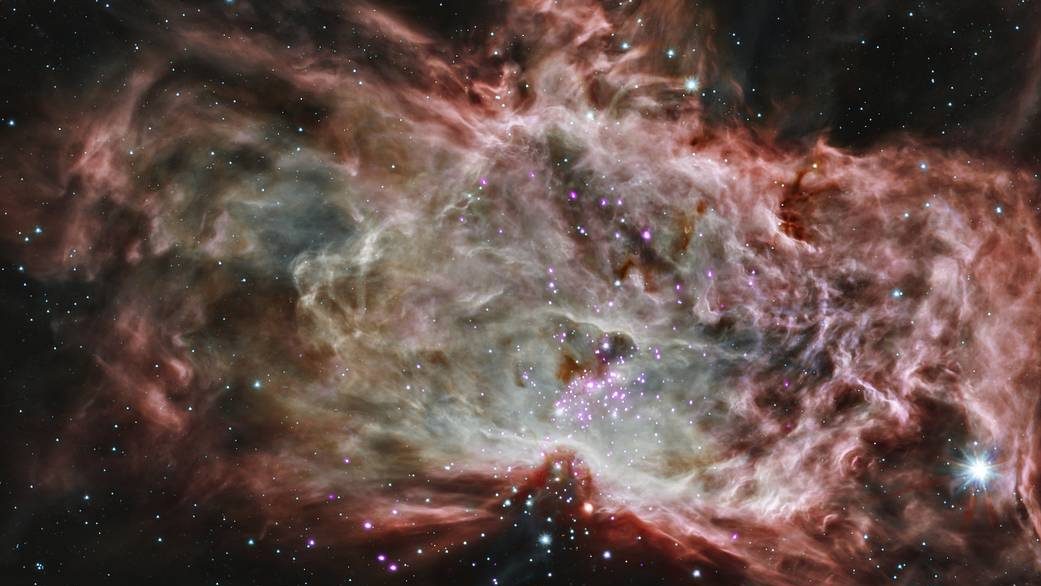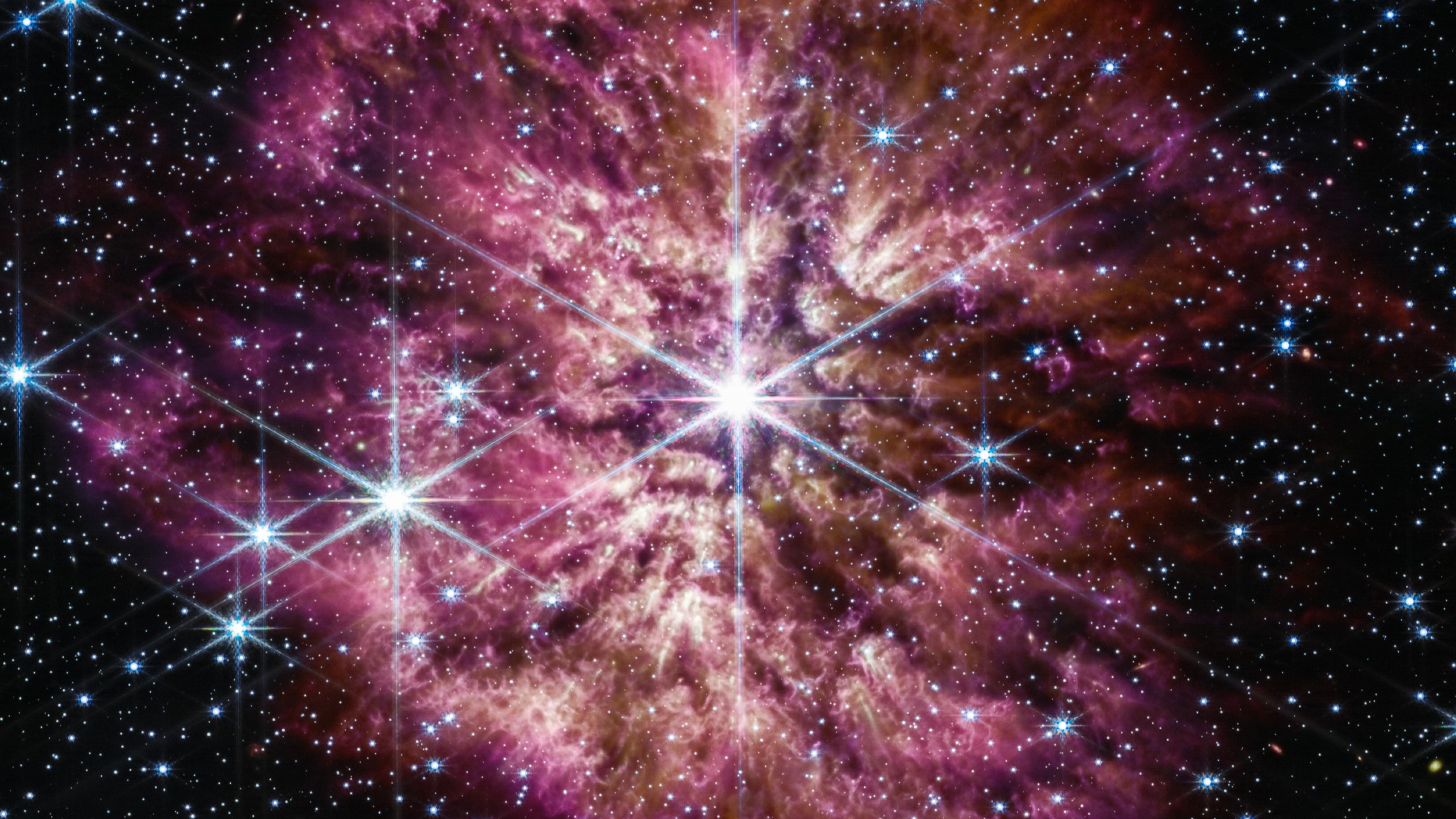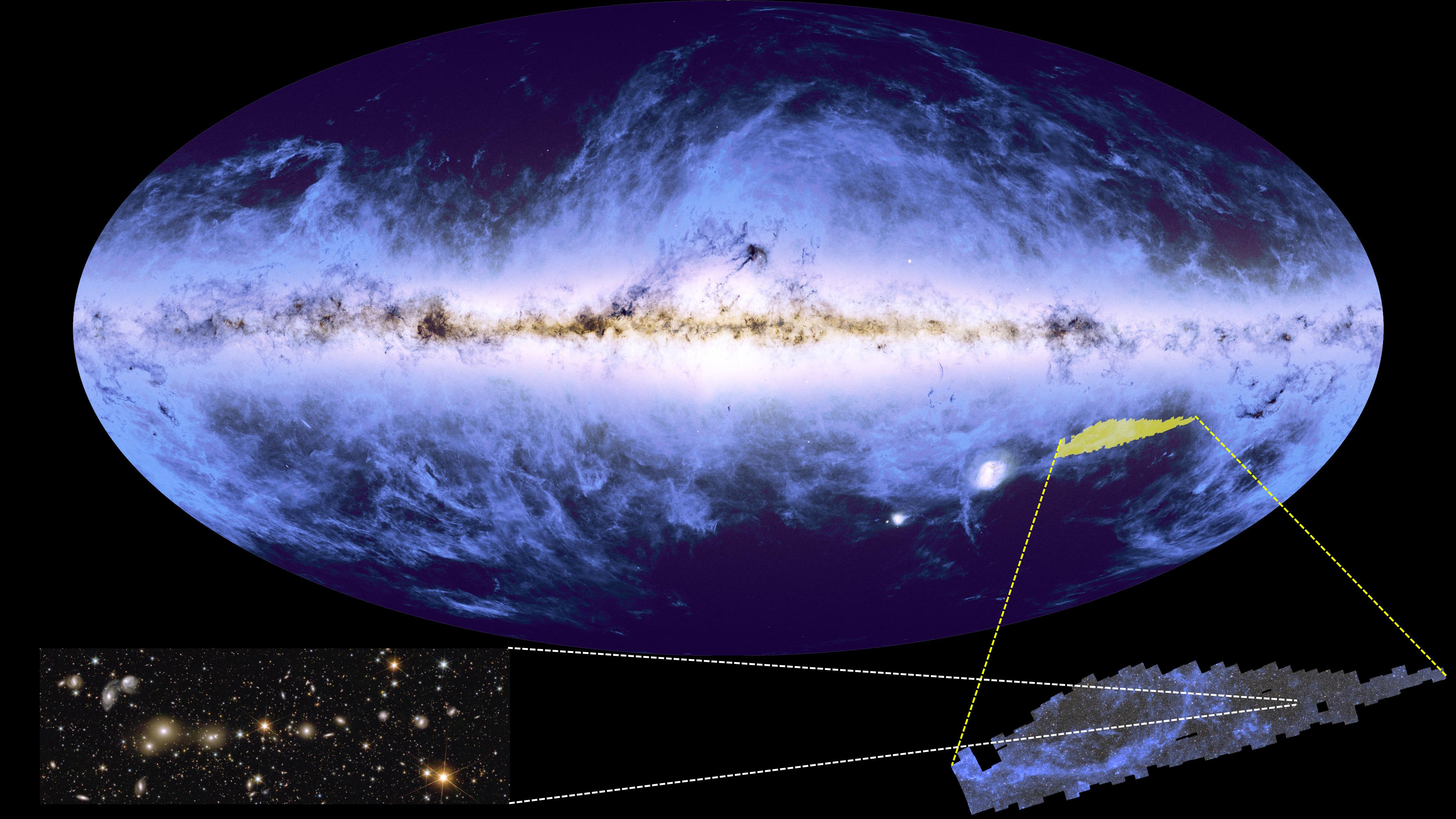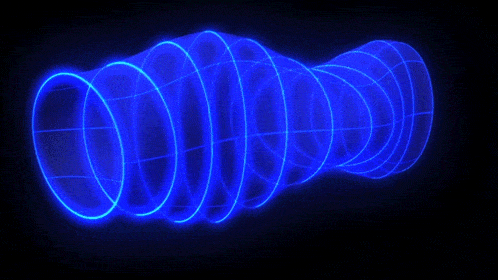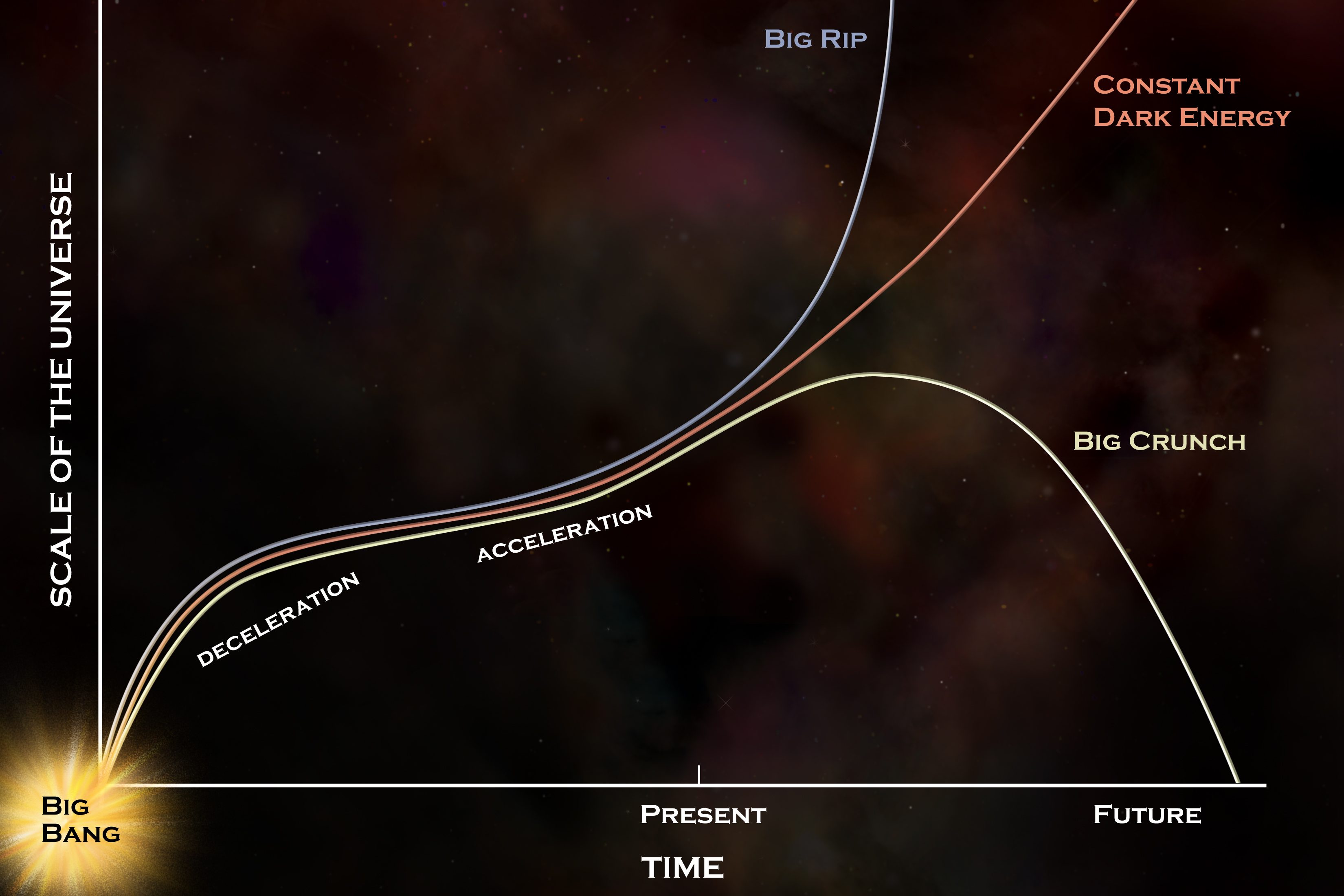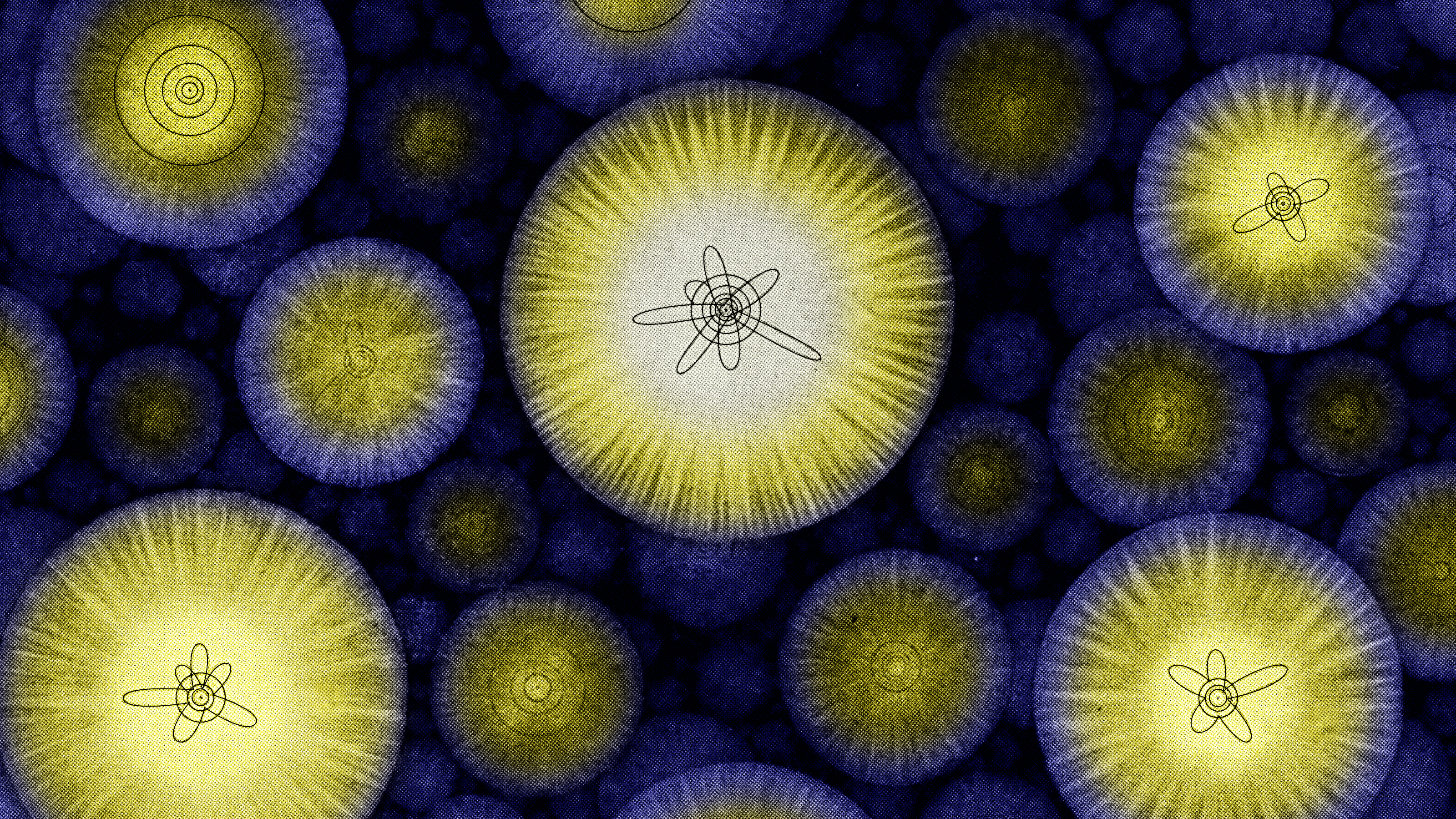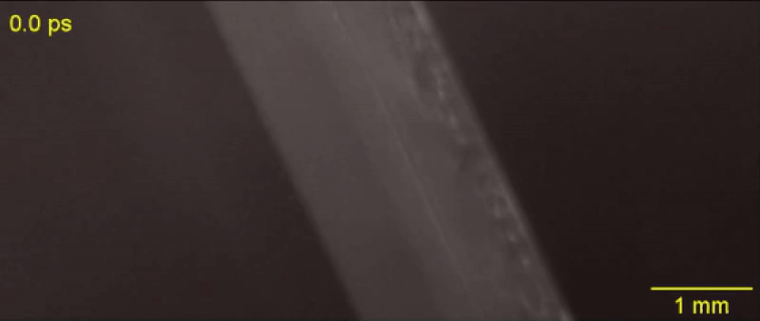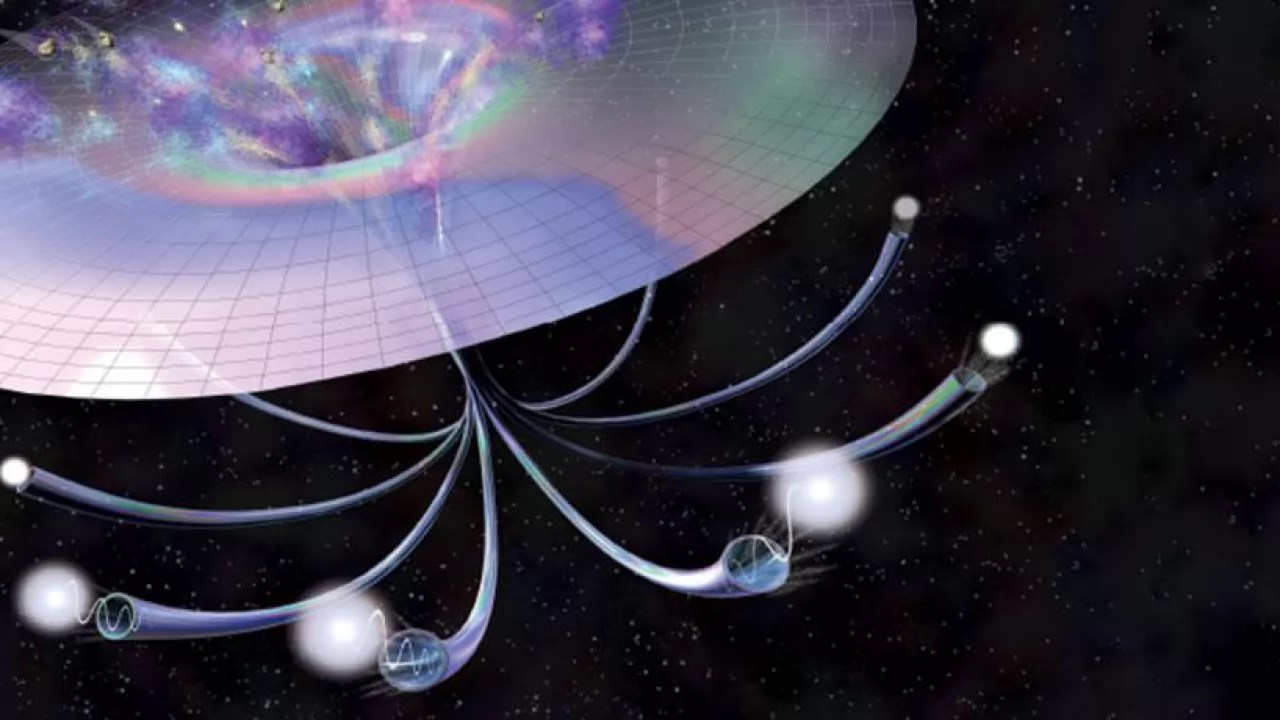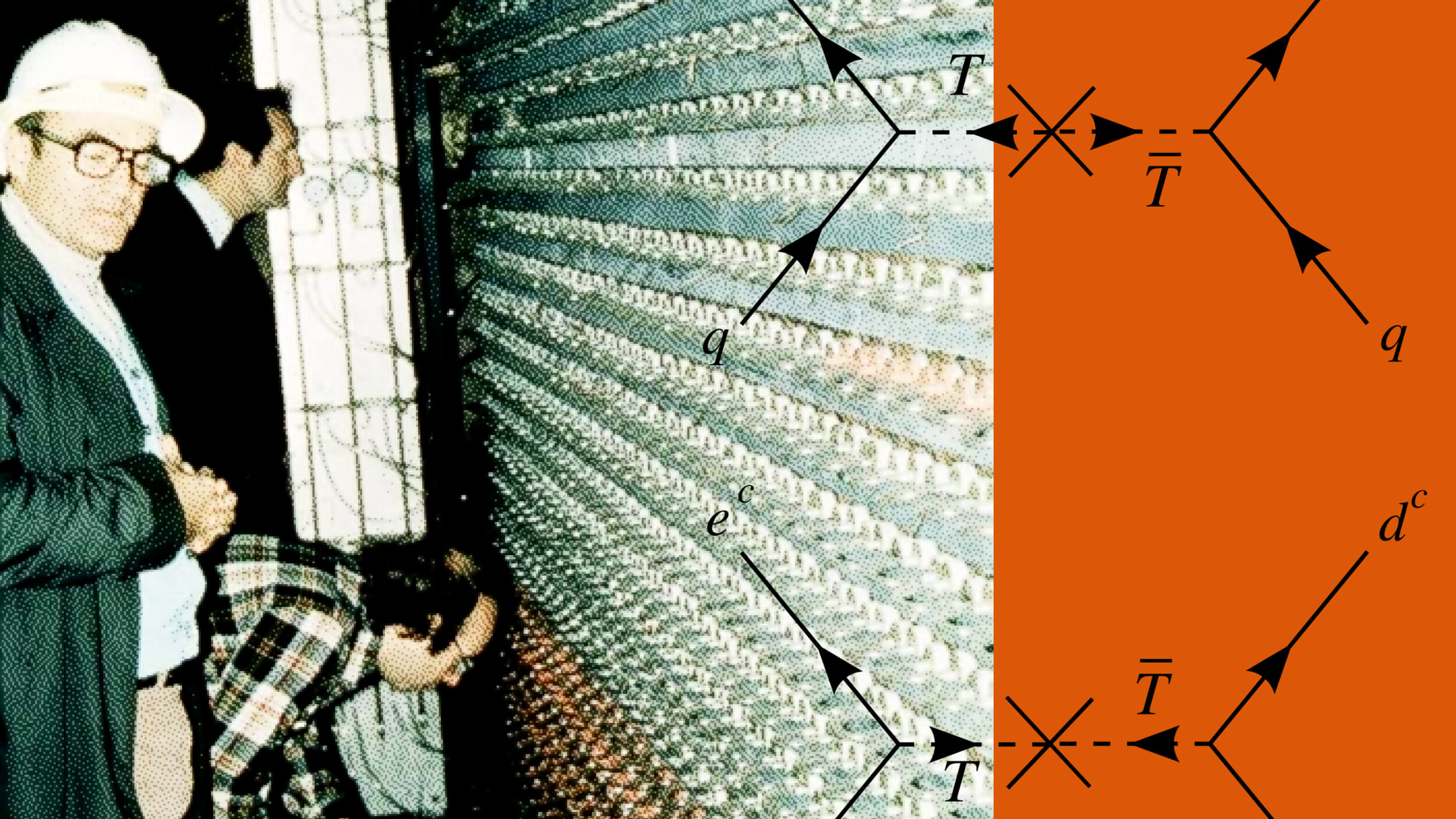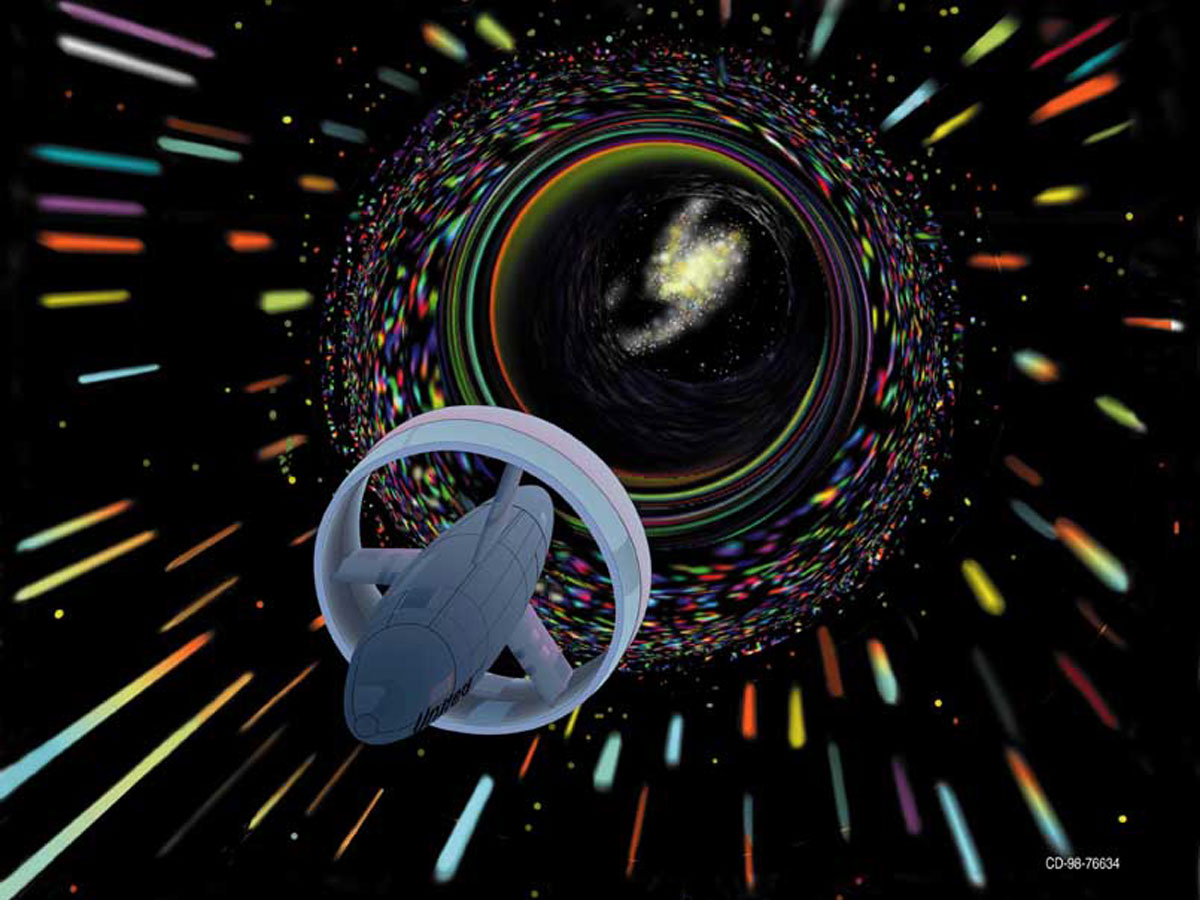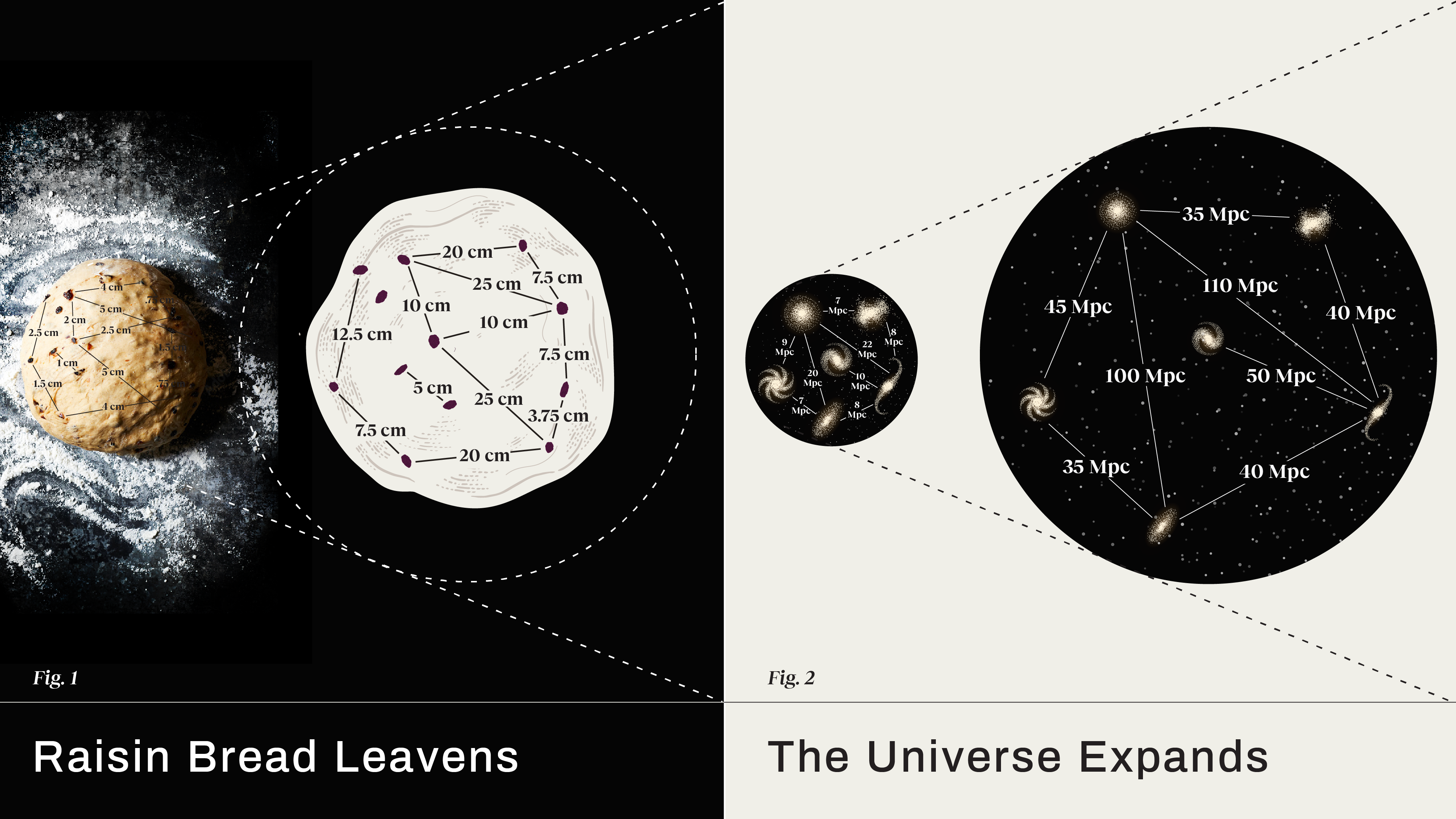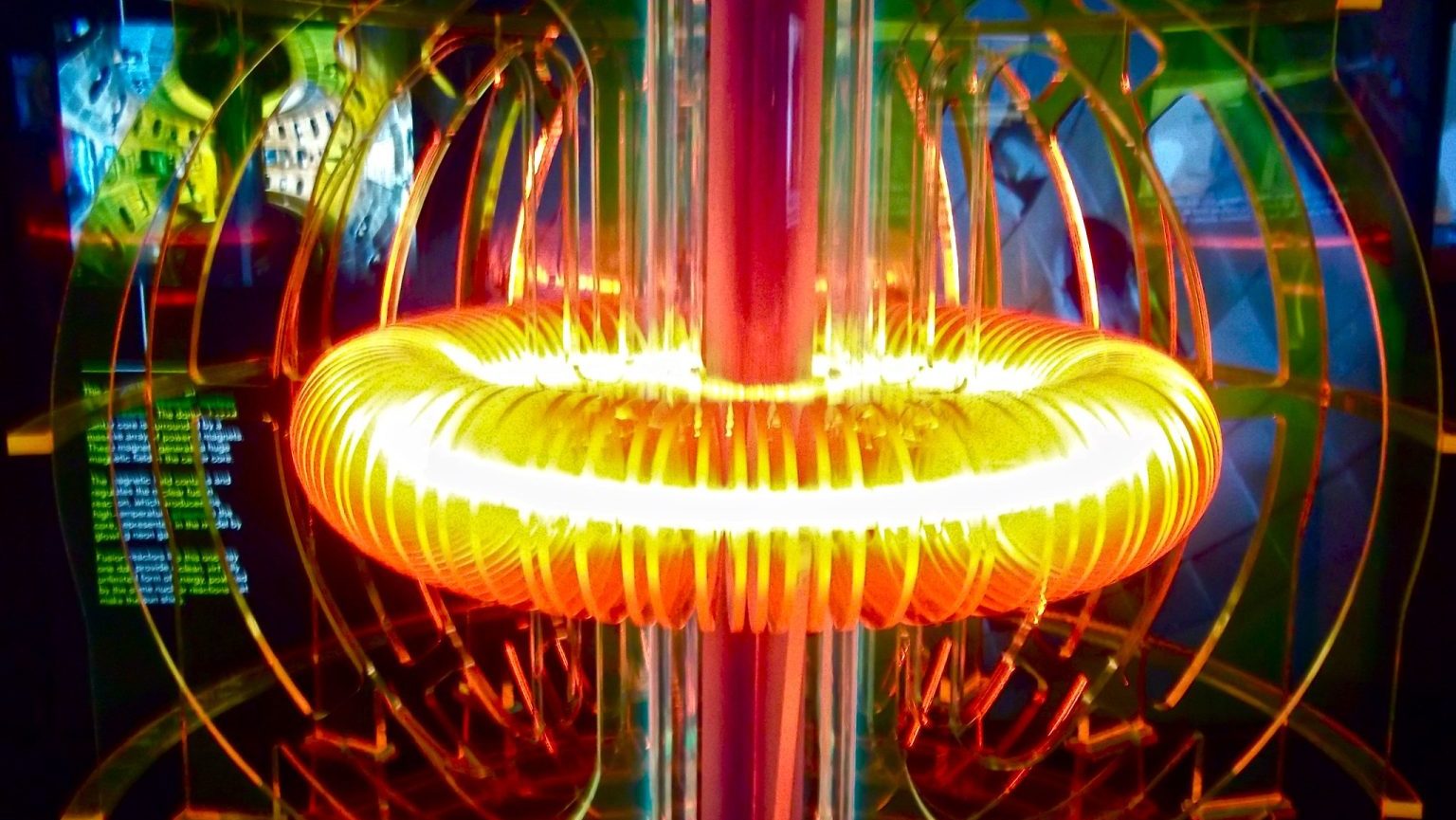The futuristic weapon could be ready for the battlefield in 5 years.
Search Results
You searched for: energy
Apart from the energy needed to flip the switch, no other energy is needed to transmit the information.
Despite the Sun’s high core temperatures, atomic nuclei repel each other too strongly to fuse together. Good thing for quantum physics!
If the electromagnetic and weak forces unify to make the electroweak force, maybe, at higher energies, something even grander happens?
LHC scientists just showed that spooky quantum entanglement applies to the highest-energy, shortest-lived particles of all: top quarks.
The expanding Universe, in many ways, is the ultimate out-of-equilibrium system. After enough time passes, will we eventually get there?
The most common visual depictions of the history of the Universe show the Big Bang as a growing tube with an “ignition” point. Why is that?
CERN’s Large Hadron Collider is the most powerful particle accelerator ever. To go even further, we’ll have to overcome something big.
Here’s what recent DESI measurements suggest — and why it’s too early to update conventional predictions about the Universe’s distant future.
Early on, only matter and radiation were important for the expanding Universe. After a few billion years, dark energy changed everything.
A radical proposal reimagines Europe as a carbon-neutral continent where national boundaries are replaced by regions defined by renewable energy capabilities.
Often viewed as a purely theoretical, calculational tool only, direct observation of the Lamb Shift proved their very real existence.
These theoretical megastructures represent one way an advanced civilization might harvest energy from stars.
All forms of energy affect the expanding Universe. But if matter and radiation slow the expansion down, how does dark energy speed it up?
There may be more energy in methane hydrates than in all the world’s oil, coal, and gas combined. It could be the perfect “bridge fuel” to a clean energy future.
The Universe changes remarkably over time, with some entities surviving and others simply decaying away. Is this cosmic evolution at work?
A new measurement offers insights on the density of the mysterious force driving the Universe’s expansion.
What are dark matter and dark energy? The large-scale structure of the cosmos encodes them both, with ESA’s Euclid mission leading the way.
Gravitational waves are the last signatures that are emitted by merging black holes. What happens when these two phenomena meet in space?
For nearly 25 years, we thought we knew how the Universe would end. Now, new measurements point to a profoundly different conclusion.
If atoms are mostly empty space, then why can’t two objects made of atoms simply pass through each other? Quantum physics explains why.
In all the Universe, only a few particles are eternally stable. The photon, the quantum of light, has an infinite lifetime. Or does it?
Quantum mechanics has taught us that even empty space contains energy. “Negative energy” is the state of having less energy than empty space.
When cosmic inflation came to an end, the hot Big Bang ensued as a result. If our cosmic vacuum state decays, could it all happen again?
You are an energy field — but not the “chakras” or “auras” kind.
Why hasn’t matter fallen apart over billions of years? The mystery might start with protons.
Without wormholes, warp drive, or some type of new matter, energy, or physics, everyone is limited by the speed of light. Or are they?
The US needs 28 million EV chargers by 2030. Here’s how it can get there.
The evidence that the Universe is expanding is overwhelming. But how? By stretching the existing space, or by creating new space itself?
Scientists have been chasing the dream of harnessing the reactions that power the Sun since the dawn of the atomic era. Interest, and investment, in the carbon-free energy source is heating up.
